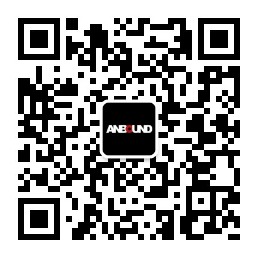-
 simple and best
simple and best
-
 simple and best
simple and best


by: rebecca dejoseph, lee huang
july 2,2020
the global pandemic has been described as similar to a natural disaster, only hitting every place every day for months on end. the analogy is terrifying but apt. it also hints at a helpful perspective for building resilience.
resilience. that’s a word we’ve heard a lot lately, as applied to our cities, our social networks, and even our individual immune systems. we know we need to be more resilient. but we struggle to know how.
resilience is easy to want and hard to measure. there’s no such thing as a resilience score for a child or a community. how then, do we know if we are resilient enough? how do we know if we’re getting more resilient over time? given how important resilience has become—to our public health readiness and our overall ability to protect the most vulnerable among us—this seems like a problem.
the social sciences may offer a useful approach, borne of the development economics work taking place in areas susceptible to natural disasters. (our current work in just such a place, which is not yet completed and therefore not available for public acknowledgement, has informed much of the thinking in this post.) such locations have no way to score themselves as to their resilience in the face of the next natural disaster. but social sciences researchers have developed a workaround for this: resilience itself may be impossible to measure, but what is measurable are proofs of resilience as well as causal factors for resilience. and, in measuring these things over time, communities gain insight on their resilience levels and on the interventions needed to increase them.
what do we mean? as an example, the proof of economic resilience is that an area is able to continue to chug along, in terms of economic activity, employment levels, and tax base, even in the face of natural disasters which disrupt supply chains, shutter buildings, and cause physical damage. gdp, job counts, and public sector revenue levels are all frequently measurable and readily available data points, which can be looked at to see if natural disaster brought downturns, and if so, how steep were those declines? how long did recovery take? and, how did that compare to the last natural disaster?
so while resilience is not measurable, the proof of resilience is. and so are causal factors for resilience, or another way of putting it is protective layers that contribute to resilience. examples related to economic resilience might be a diversified economy, or government investments in workforce development that ensure a steady supply of available human capital. these are measurable factors that are not themselves measures of resilience, but rather measures of protective layers that are or are not in place, suggesting that a location will or will not be resilient in the face of the next natural disaster.
what does this all mean for your community in the face of covid-19? our current situation is not unlike the aftermath of a devastating natural disaster. we have been shaken and are impaired in recovering by the resulting economic uncertainty and lack of resources. these are truly scary times.
yet all the more important to take stock of what is needed to strengthen our communities and safeguard their economic vitality and overall well-being. as we struggle to figure out how to be more resilient—how to strengthen our immune systems and protect our children and re-open our local economies—the approach of development economists in places ravaged by natural disaster is instructive. what are the proofs of resilience in your community, and what can you learn by looking at how those proofs look over time? what are the protective layers that you can put into place, so as to create more resilience in the face of current and future shocks? our ability to survive this current crisis and be ready for future ones depends on our preparation in these areas.
来源:

